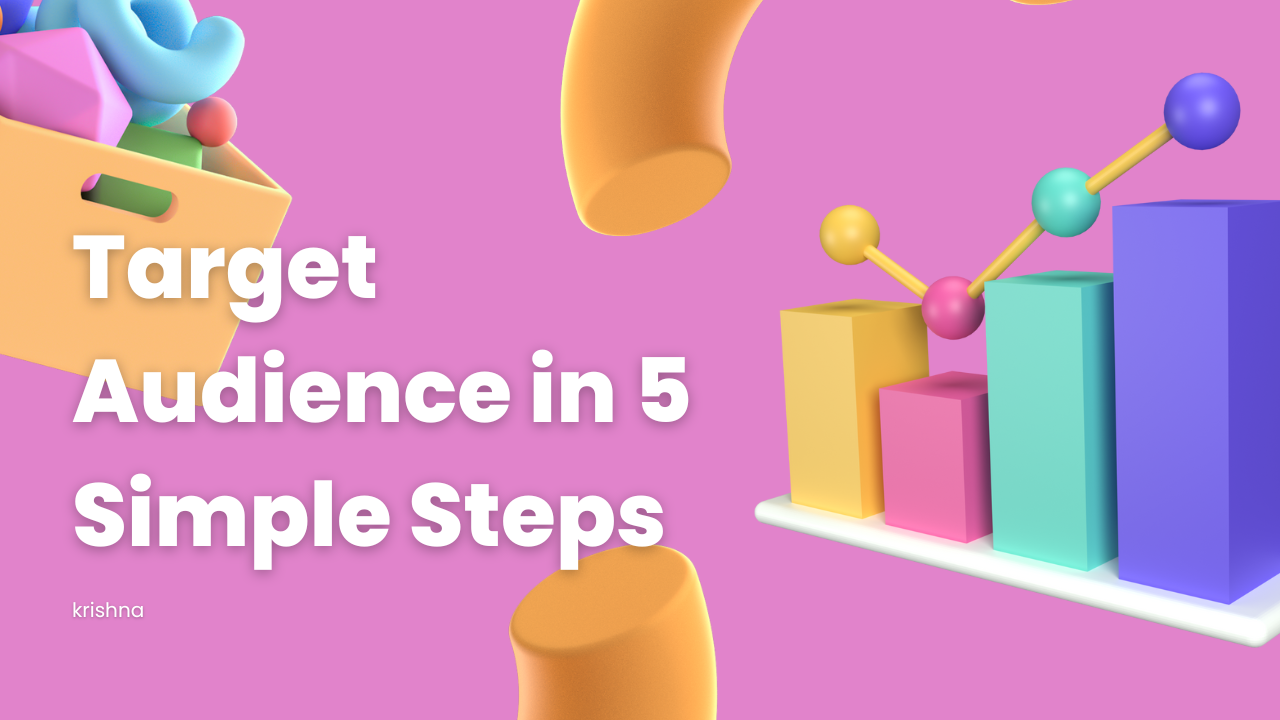
Ever wonder why some brands seem to speak your language, hitting the nail on the head with what you need, almost as if they’re reading your mind? That’s no happy accident. It’s the result of understanding and targeting a specific group of people: the target audience. Let’s unravel this mystery together, step by step, and I’ll show you how to become a mind reader for your potential customers.
What’s a Target Audience, Anyway?
Imagine you’re at a massive party. You’ve got stories, jokes, and news to share. But not everyone’s into your tales about your pet iguana, right? Your target audience is like the group of folks at the party who are hanging onto your every word about iguana antics. In the business world, your target audience is the slice of the population that’s most likely to be interested in what you’re selling. They’re the ones who find your products or services as irresistible as your iguana stories.
Target Audience vs. Target Market:
A Quick Detour Think of your target market as the whole party and your target audience as the iguana enthusiasts among them. The market is broad: people who might need your product or service. The audience is specific: those who not only need what you offer but are also most likely to buy it.
Why Pinpointing Your Audience is Like Finding a Treasure Chest
Without knowing your target audience, marketing is like trying to find a treasure chest in the ocean without a map. You might stumble upon it by chance, but wouldn’t you rather have a map? Identifying your target audience helps you focus your efforts, tailor your message, and, most importantly, spend your marketing dollars where they count.
The Different Faces in the Crowd: Types of Target Audiences
Target audiences can be as diverse as the fish in the sea. They can be categorized by age, location, lifestyle, hobbies, or even how they interact with your brand. For example, Spotify tailors its playlists not just to musical tastes but also to activities and moods, recognizing that the target audience for a workout playlist is different from that of a “rainy day” collection.
The Treasure Hunt: How to Find Your Target Audience
- Look at Your Current Customers: Who loves you, baby? Your existing customers are your starting point. What common characteristics do they share?
- Check Out the Competition: Who’s hanging out with your competitors? Understanding who they’re targeting can offer insights into segments you might be overlooking.
- Analyze Your Product/Service: List out the features of your product or service. Then, identify who benefits from those features. For example, if you sell ergonomic office chairs, your target audience includes professionals concerned with posture and comfort.
- Social Listening: Dive into social media. What are people saying about your brand? About your competitors? Social platforms are gold mines for understanding your audience’s interests and pain points.
- Create Surveys and Feedback Forms: Ask your current customers for their input. What do they love about your product? What could be improved? This feedback can help refine your understanding of who your audience is.
Crafting Your Audience Profile: The Final Piece of the Puzzle
Now, let’s piece together everything we’ve gathered. Creating a target audience profile involves painting a detailed picture of your ideal customer. How old are they? Where do they hang out online? What challenges do they face, and how does your product fit into their lives? For instance, if you’re selling those ergonomic chairs, your target audience profile might include young professionals, remote workers, or anyone with back pain due to poor office setups.
Example: The Eco-Friendly Fashion Brand
Let’s say you’re launching an eco-friendly clothing line. Your target audience isn’t just anyone interested in fashion. It’s more specific: environmentally conscious consumers, likely millennials and Gen Zers, who follow sustainable living practices and are willing to pay a bit more for ethically produced goods. They’re active on platforms like Instagram and Reddit, where they share tips and support brands that align with their values.
Wrap-Up: The Party’s Over, But the Conversation’s Just Begun
Identifying your target audience isn’t a one-and-done deal. It’s an ongoing conversation, a dance where you continuously learn and adapt. By understanding and focusing on your target audience, you’re not just shouting into the void—you’re whispering directly into the ears of those who want to listen.
Got any burning questions on how to narrow down your target audience or examples of companies doing it right? Drop them in the comments below. Let’s keep this conversation rolling!
Your Takeaway: The Map to the Treasure
Finding your target audience is about understanding who is most likely to find value in what you offer, then tailoring your messages to match their needs and desires. It’s the secret sauce to making your brand not just seen, but heard and loved.
Ready to dive deeper into the world of targeted marketing? Check out these resources for more insights and inspiration:
FAQs: Quick Hits to Quench Your Curiosity
Q: Can my target audience change over time?
A: Absolutely! Markets evolve, and so do people’s interests and needs. Keep your finger on the pulse, and don’t be afraid to revisit and revise your audience profile as needed.
Q: How specific should my target audience be?
A: Aim for the sweet spot—specific enough to tailor your marketing effectively, but not so narrow that you’re excluding potential customers who might also find value in what you offer.


Comments are closed.